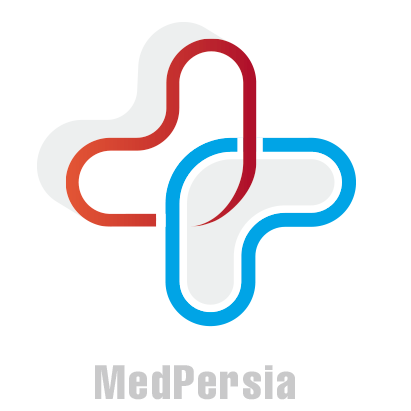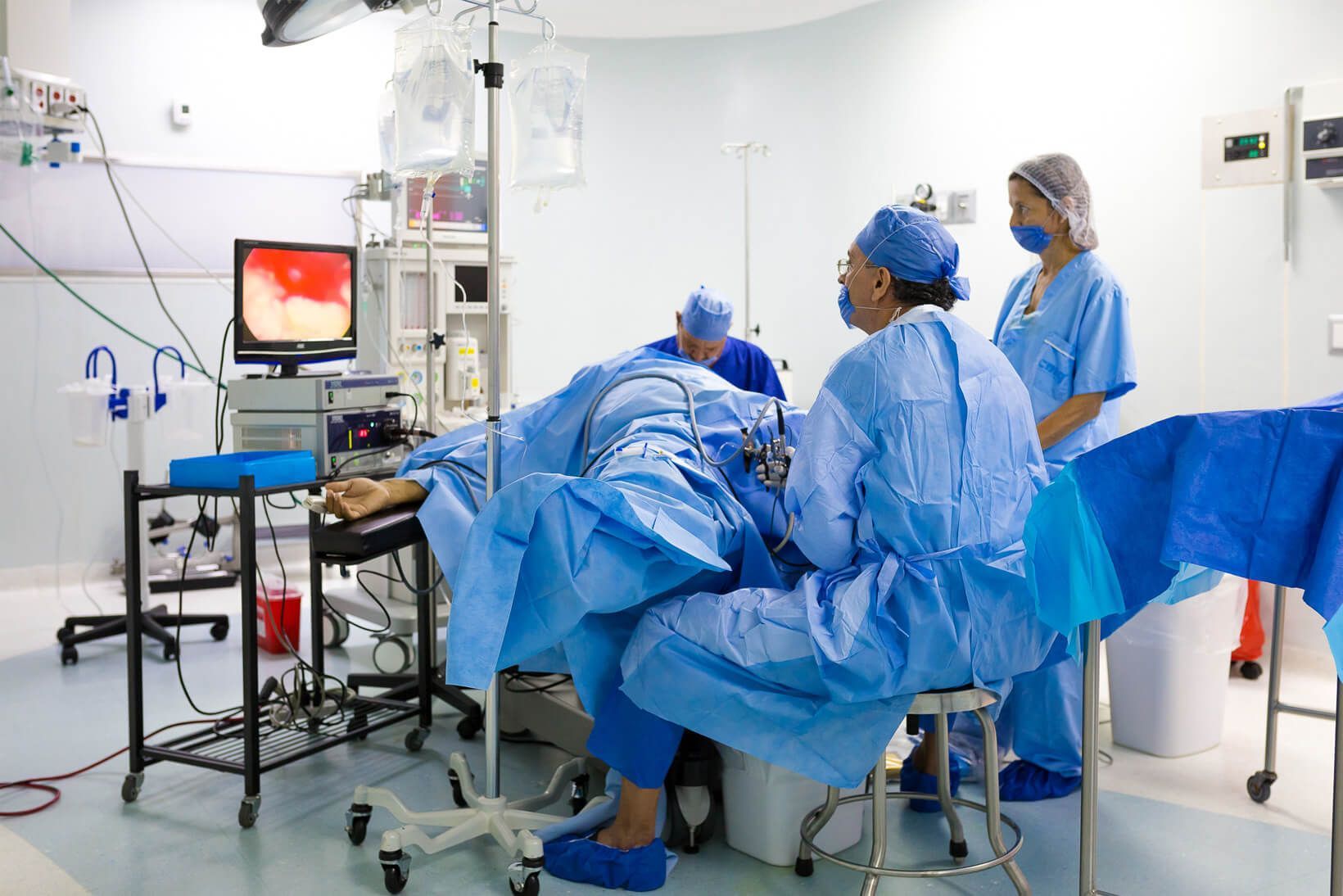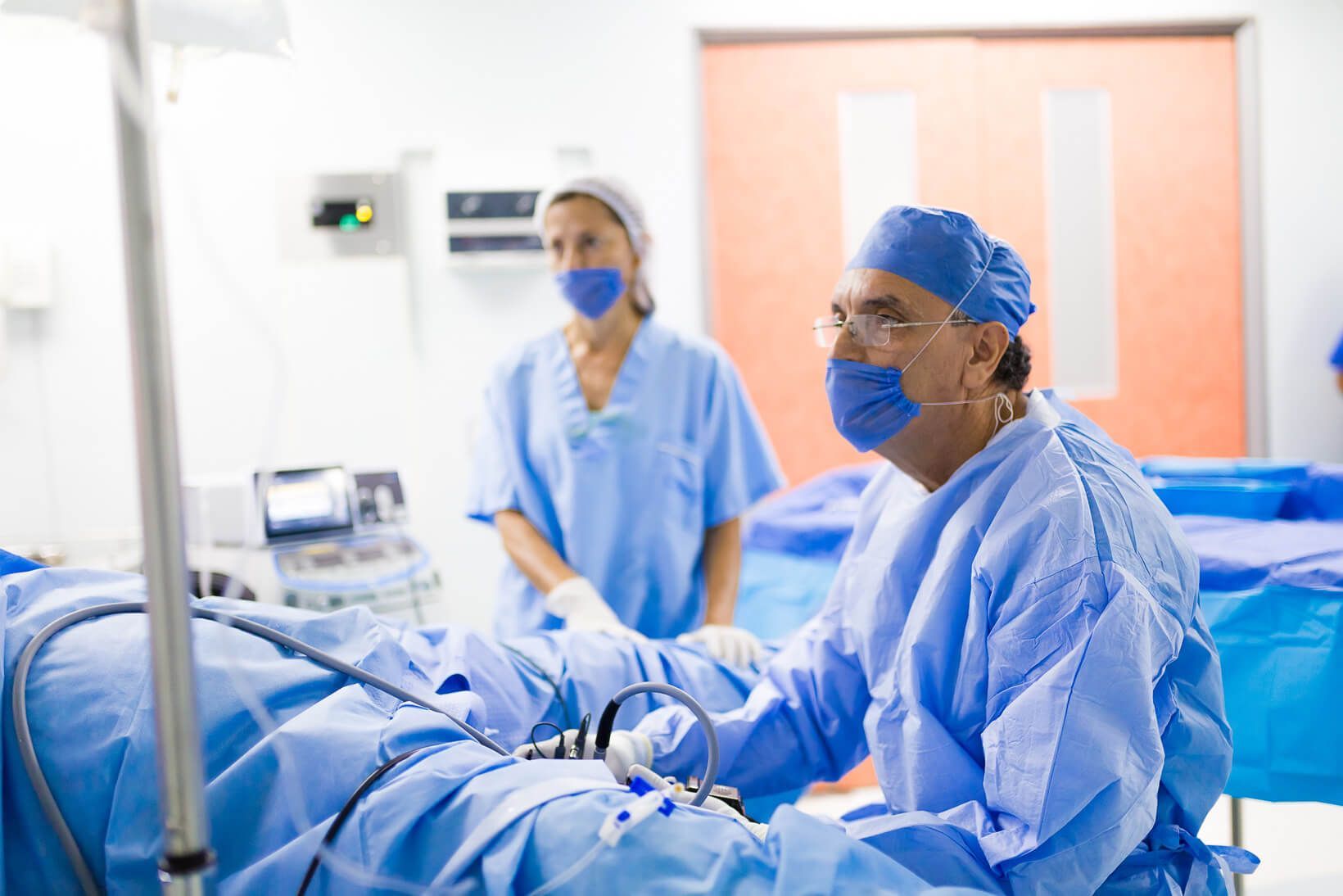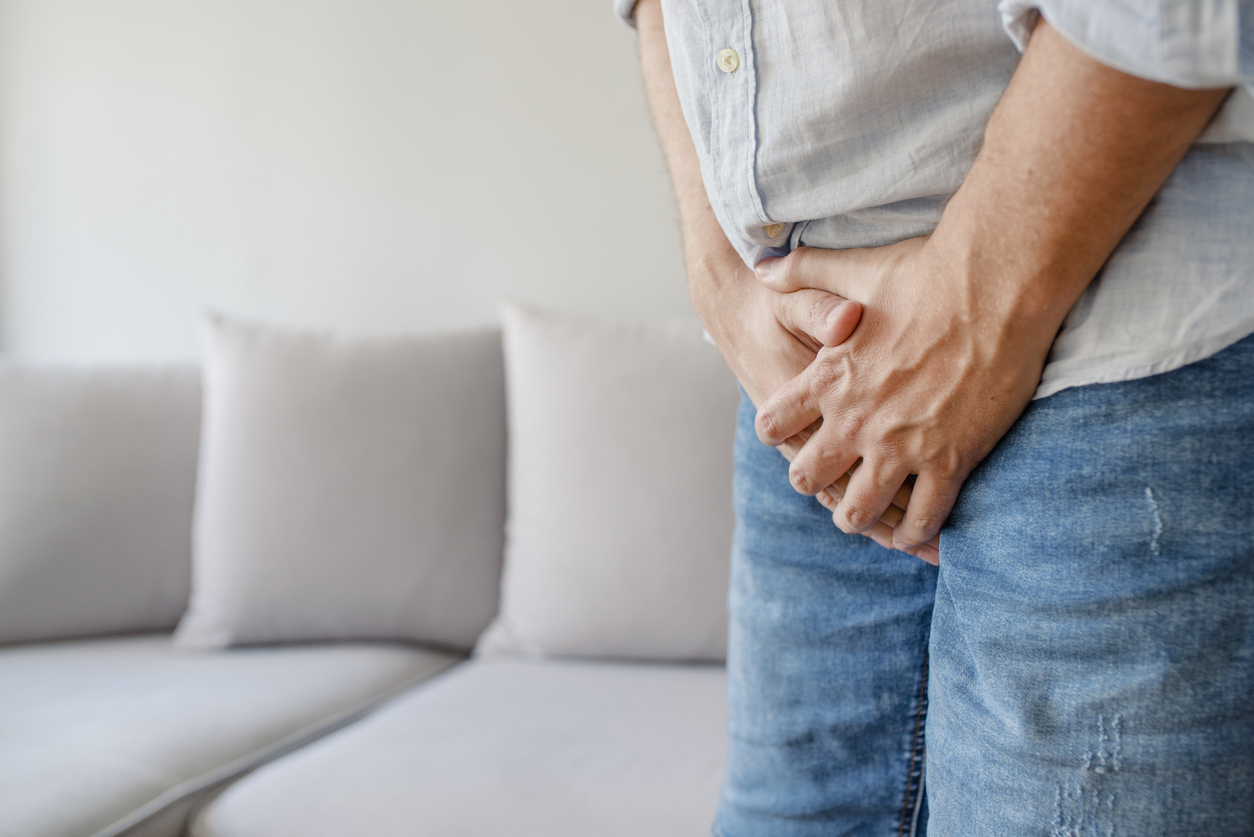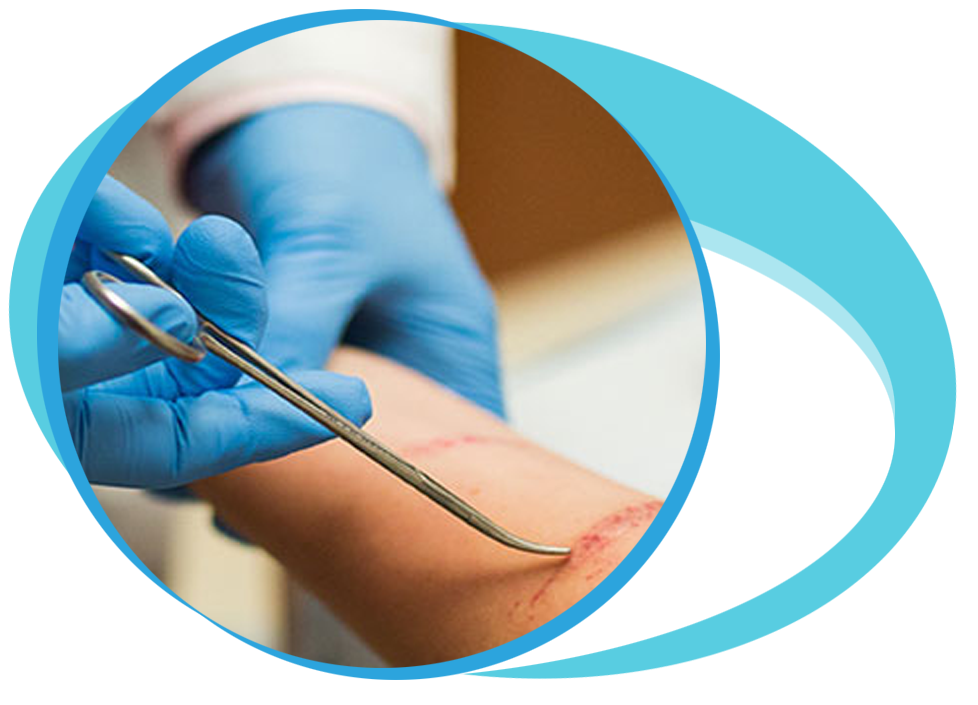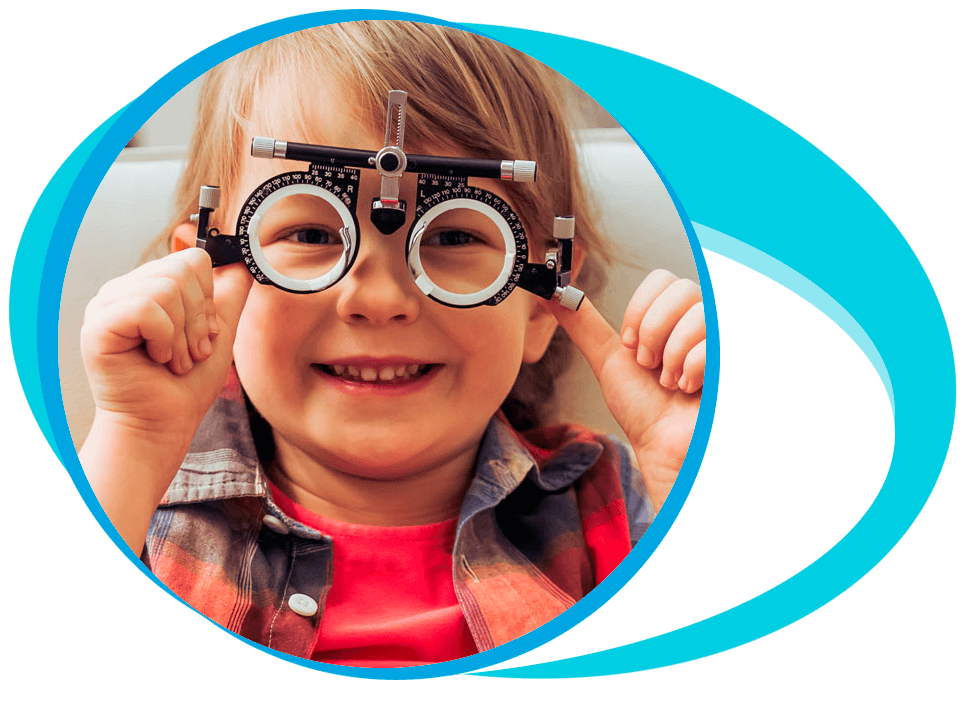Transurethral resection of the prostate (TURP) in Iran Details
What is Transurethral resection of the prostate (TURP)?
Transurethral resection of the prostate (TURP) is the endoscopic removal of benign prostate enlargement (BPH).
An endoscopic procedure for removing benign prostate enlargement (BPH) is known as transurethral resection of the prostate (TURP).
This procedure is performed under general anesthesia, and the catheter is left in its position after the completion of the procedure to allow proper healing.
Types of TURPs
- Laser TURP: In this, insertion of scope is done through the urinary channel up into the prostate.
The removal of the obstructing prostatic tissue is done with the help of a laser. - Traditional TURP: In this, insertion of scope is done through the urinary channel up into the prostate.
The removal of obstructing prostatic tissue is done with the help of an electric cutting instrument.
These two procedures provide about 80% improvement in urinary symptoms.
TURP for Treatment of Benign Prostate Hyperplasia
The most common surgical procedure for treating benign prostatic hyperplasia or BPH is known as TURP.
An overgrowth of prostate cells that obstructs the flow of the urine and a person faces difficulty to pass urine is known as benign prostatic obstruction.
BPH is considered as the most common urological condition and is commonly seen in an elderly male who are above 60 years of age.
This enlargement of the prostate gland is non-cancerous that obstructs the flow of the urine from the bladder.
Symptoms of Benign Prostate Hyperplasia (BPH)
- Frequent urination
- Difficulty in starting urination
- Difficulty in postponing urination
- Waking up frequently in the night to urinate
- A weak urinary system
- The sensation of incomplete bladder emptying
- Interruption of the stream that is stopping and starting effect
The condition of BPH is diagnosed by reviewing the medical history and the physical history of a patient.
A digital rectal examination is also performed.
TURP Procedure
The surgical procedure is performed under spinal or general anesthesia and takes about 1 hour to complete.
A loop instrument known as resectoscope is passed from the urethra to scratch away the enlarged prostate gland.
Piece by piece prostate gland is removed for re-establishing a channel and for clearing away the bladder obstruction.
After the surgery, a catheter is also inserted for regular irrigation to prevent forming of the blood clot in the bladder.
Recovery after TURP Procedure
A patient is required to stay in the hospital for two days. Pain medication or antibiotics may be required that largely depends on a specific situation.
Post-surgery, when the wound starts to heal, then there will be few clots or blood in the urine.
The urine can become red when the irrigation in the bladder is stopped.
Precautions after TURP Surgery
- Avoid sudden movements
- Avoid straining while moving the bowel
- Do not operate machinery or drive
- Avoid heavy lifting
- Drink as much water as possible to flush the bladder, and it also prevents infection
Robotic Prostatectomy
Robotic-assisted laparoscopic prostatectomy is considered as one of the most innovative ways of treating prostate cancer.
The procedure involves the removal of the prostate gland.
As compared to traditional prostate cancer surgery, robotic-assisted laparoscopic provide better and effective outcomes.
Also, there are fewer chances of urinary discontinuance and erectile dysfunction (ED) as there is greater nerve-sparing.
After the procedure, a patient is required to stay in the hospital for a short duration, and, there are fewer chances of postoperative pain and infection.
Please contact us to know about TURP cost and to book a medical tour to Iran.

